Students in a Montana middle school take advantage of 30-minute periods to make up missed art projects or to retake science tests. Others practice adding and subtracting fractions or receive homework hel
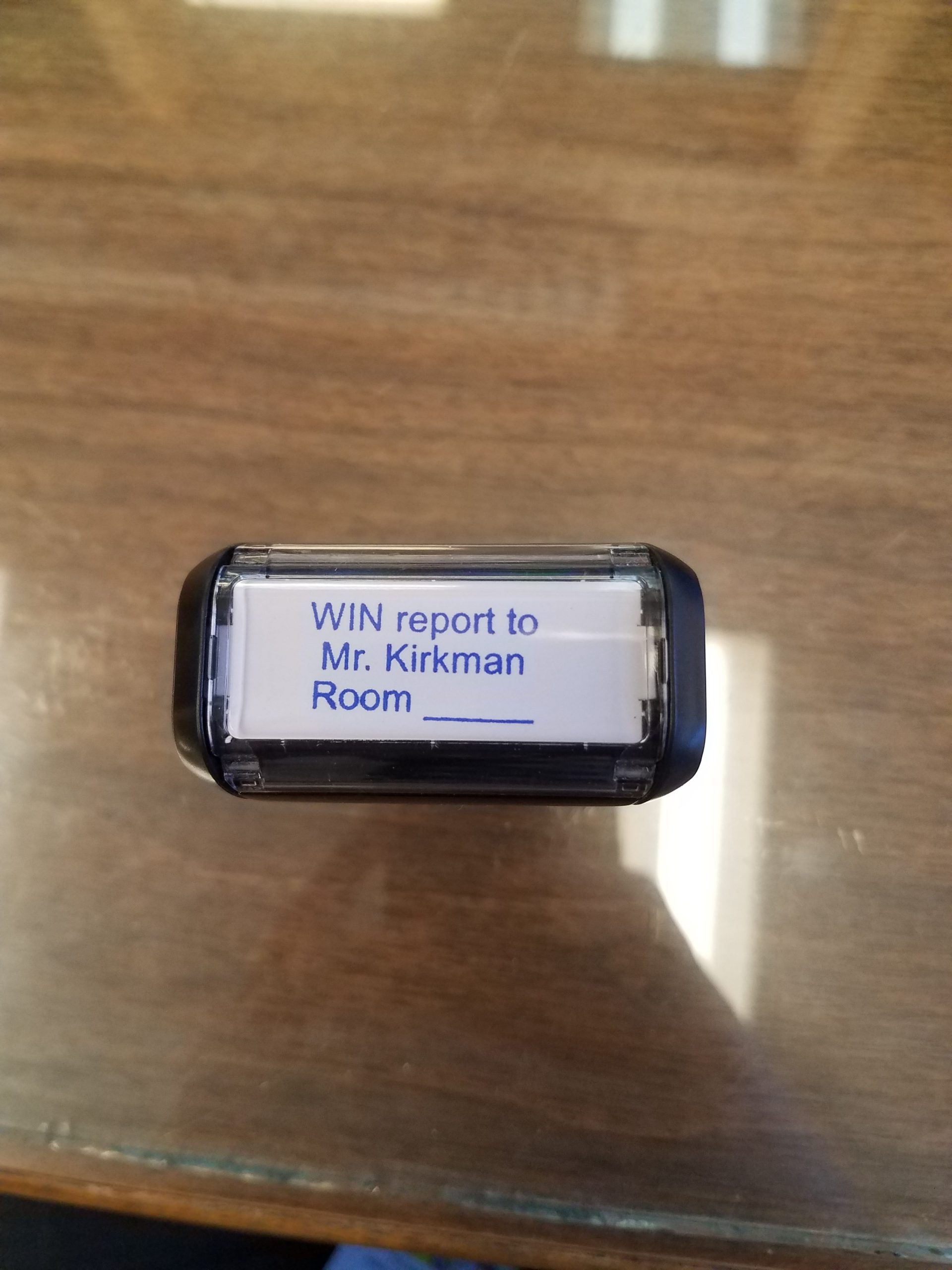
p on a division assignment. These district-created, teacher-led workshops—known as the WIN (What I Need) program—take place four days per week on the master schedule to improve student success in Riverside Middle School, part of Billings Public Schools.
During one WIN period, students can choose from over 30 workshops. Teachers scan the ID cards of students as they enter these workshops. This automatically populates computerized spreadsheets that detail the class, location and students in attendance. Educators can also hit command F on the spreadsheet to locate students in the building, says Principal Kevin Kirkman.
Read: A school district expands an ESL initiative
Each week, teachers update the online WIN schedule with their new sessions. If educators want to provide homework help for certain students, they can “close” a workshop by marking it on the schedule. Chosen students for closed sessions then receive a unique physical stamp in their physical planner that makes marking their attendance a requirement.
“We are not just targeting students who are falling behind or failing,” says Kirkman. “It’s intervention and opportunity for everyone.”
Getting everyone on board
Kirkman and Associate Principal Nathan Talafuse came up with WIN after attending a conference about PLCs, and designed the program with input from Riverside’s teachers. “Many teachers said there needed to be more student outreach opportunities because attendance was an issue and students weren’t completing their assignments,” says Kirkman.
Tweaking the master schedule
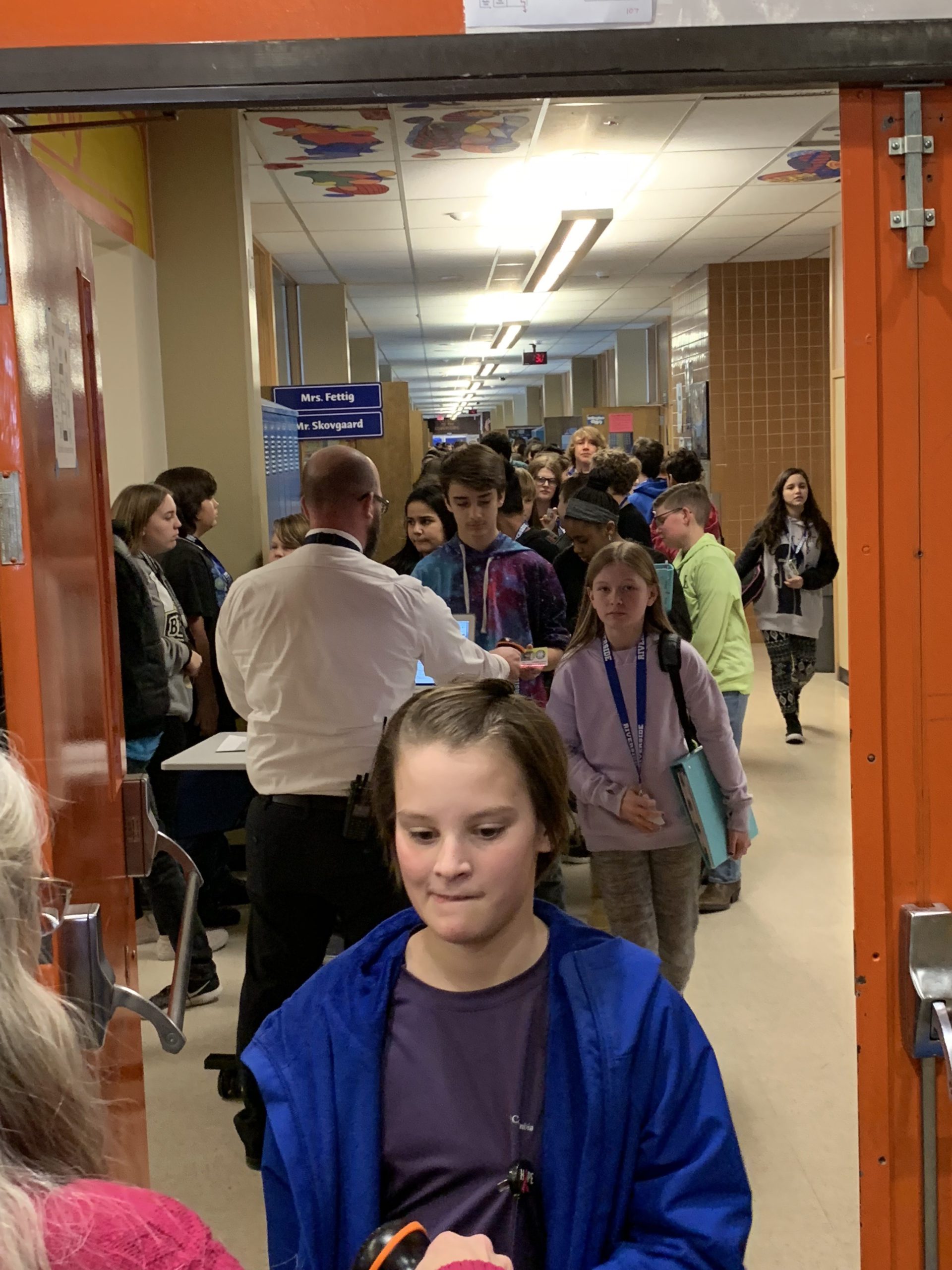
Originally, sixth-, seventh- and eighth-graders ate lunch at different times to accommodate a 30-minute advisory period, during which students could get homework help or extra assistance.
Adding WIN to the master schedule allowed Kirkman to eliminate the advisory period, which was not effective because students were not always matched with the teachers who could provide appropriate homework help.
However, administrators wanted to move WIN later in the day to make taking attendance easier. This created complications in scheduling the master schedule since advisory originally took place in the early afternoon.
“Fixing the schedule was a huge undertaking and required everybody in the whole building to step up and do more.”
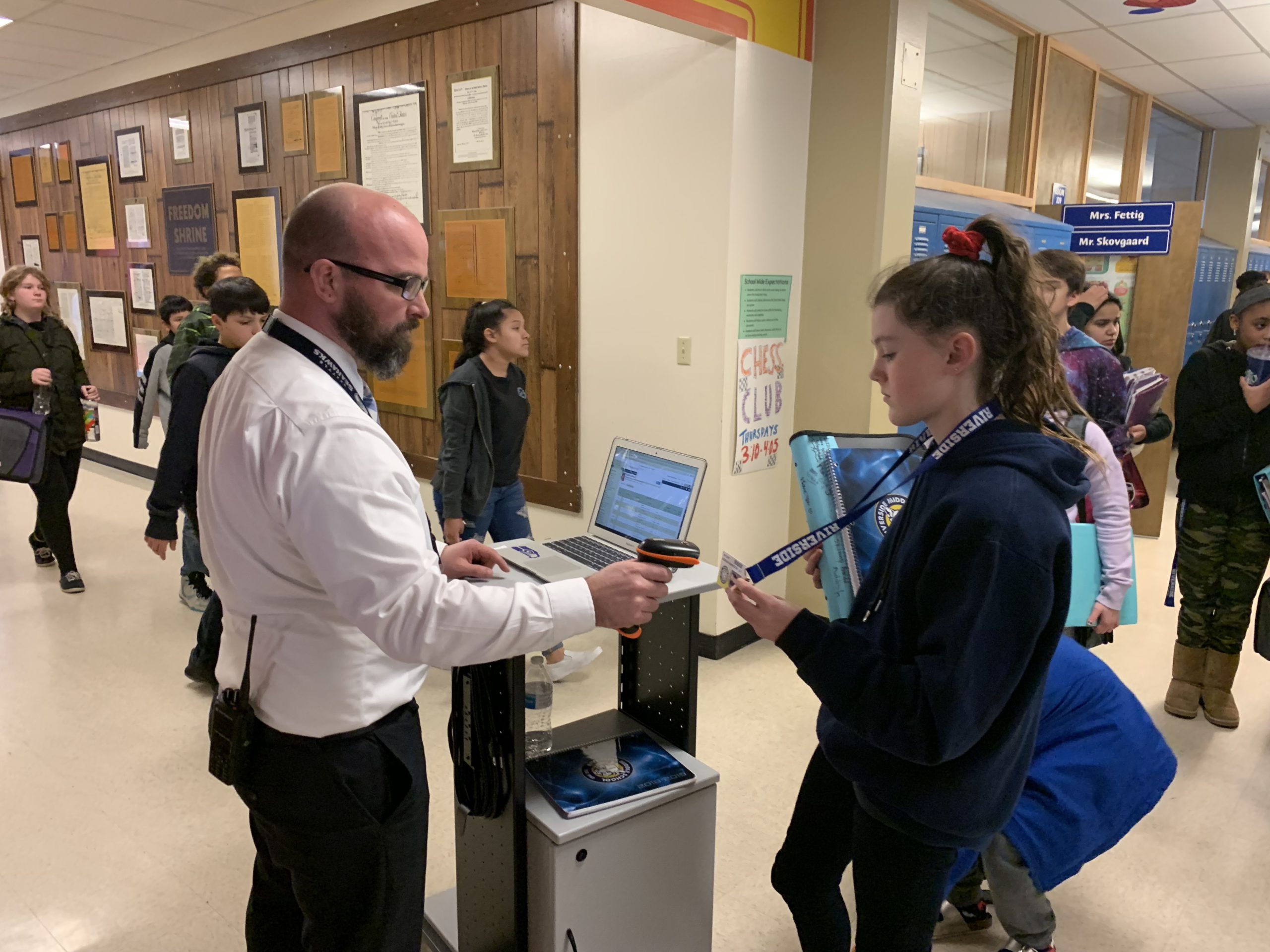
Students who don’t need extra homework help can also use the cafeteria for a study hall, which Kirkman and Talafuse monitor. After scanning the students’ IDs, Kirkman and Talafuse log into a student information system to check their grades and see if the students can go to study hall or if they should attend a specific WIN session. “Sometimes, we have to give students a nudge in the right direction,” says Kirkman. “However, there has been a definite improvement in students going where they need to go.”
PD and PLCs
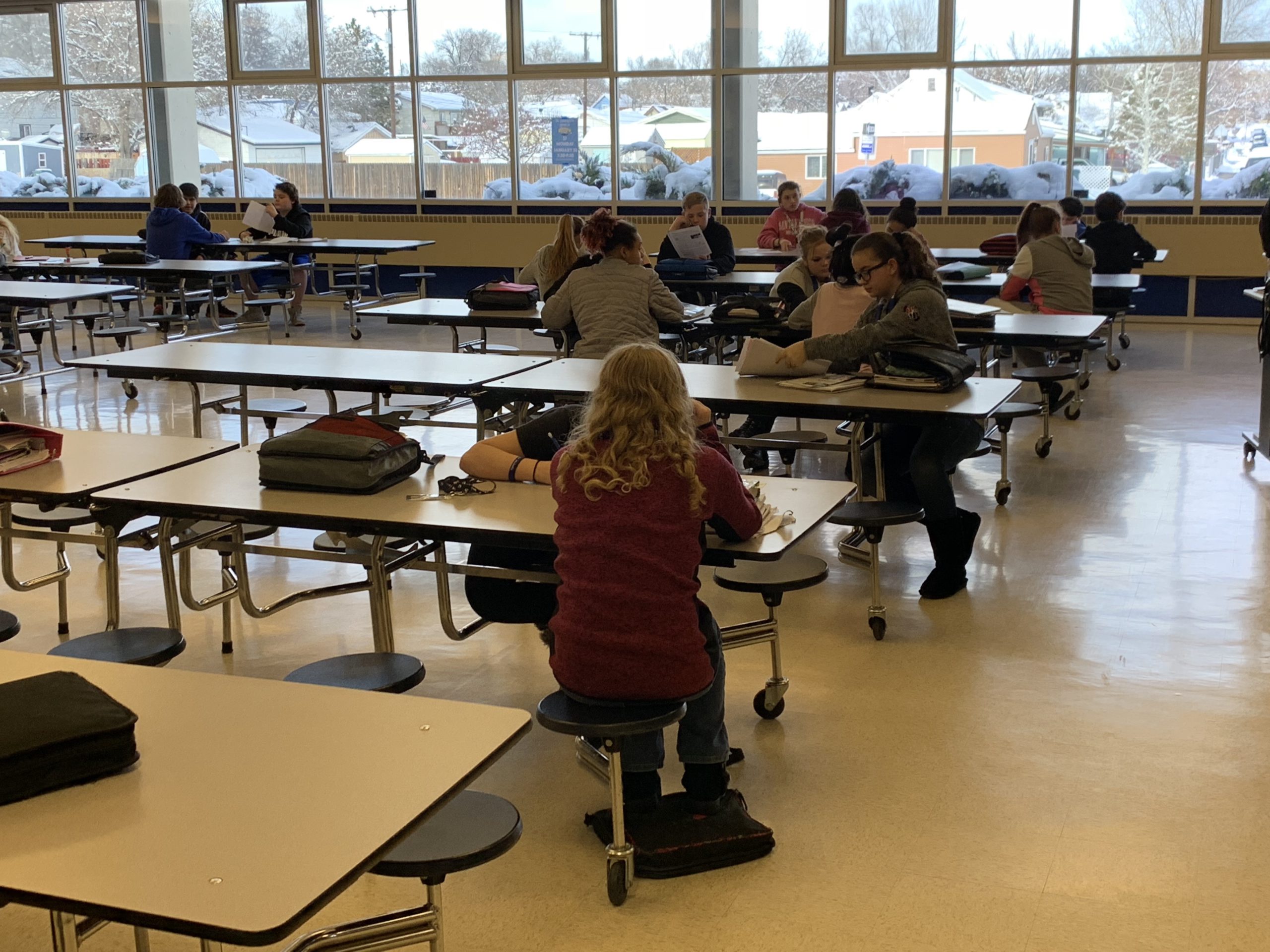
To prepare teachers for WIN, Kirkman and Talafuse led professional development sessions during a regular three-day training period before the fall semester. Now, teachers share their successes and struggles with each other in monthly PLC meetings.
This sometimes leads to educators teaching or testing each other’s students. “Having these PLCs in place has been a big plus for us, since WIN has pushed our teachers more into the process to talk with each other on what and how they’re teaching,” says Kirkman.
Expansion to other schools and districts
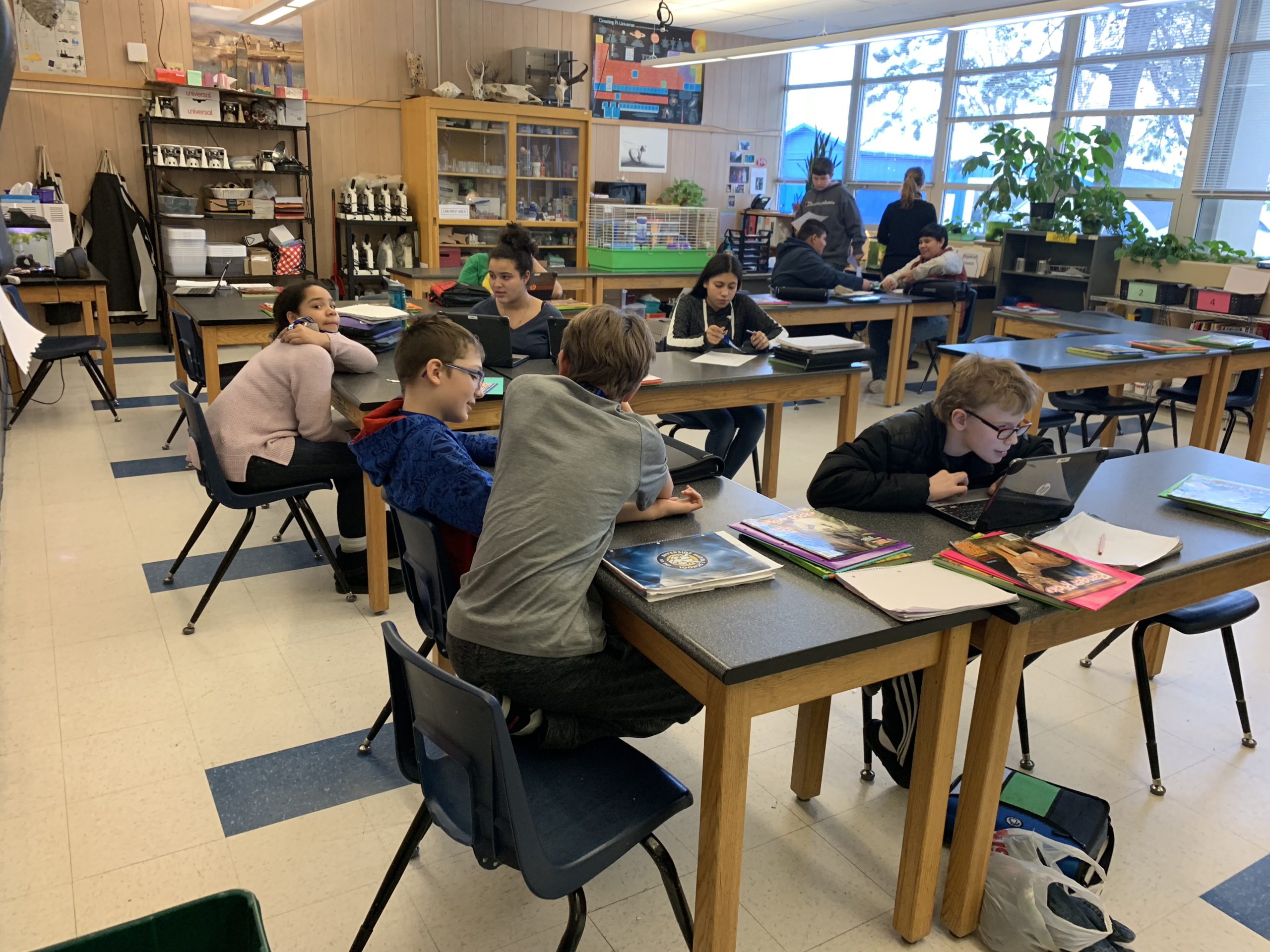
This year, attendance remained consistent despite a seven percent increase in student enrollment, and missing assignments decreased by 38 percent.
Other Billings schools, as well as out-of-state districts, have adopted WIN based on rising student success at Riverside. Four teachers from Buffalo High School in Wyoming recently visited Riverside to see the program in action. Administrators from five other schools will visit Riverside in the coming weeks.
“Most schools who come here are about our size or smaller, and one of the questions they have is if they will be able to do this, too,” says Kirkman. “The answer is yes.”

